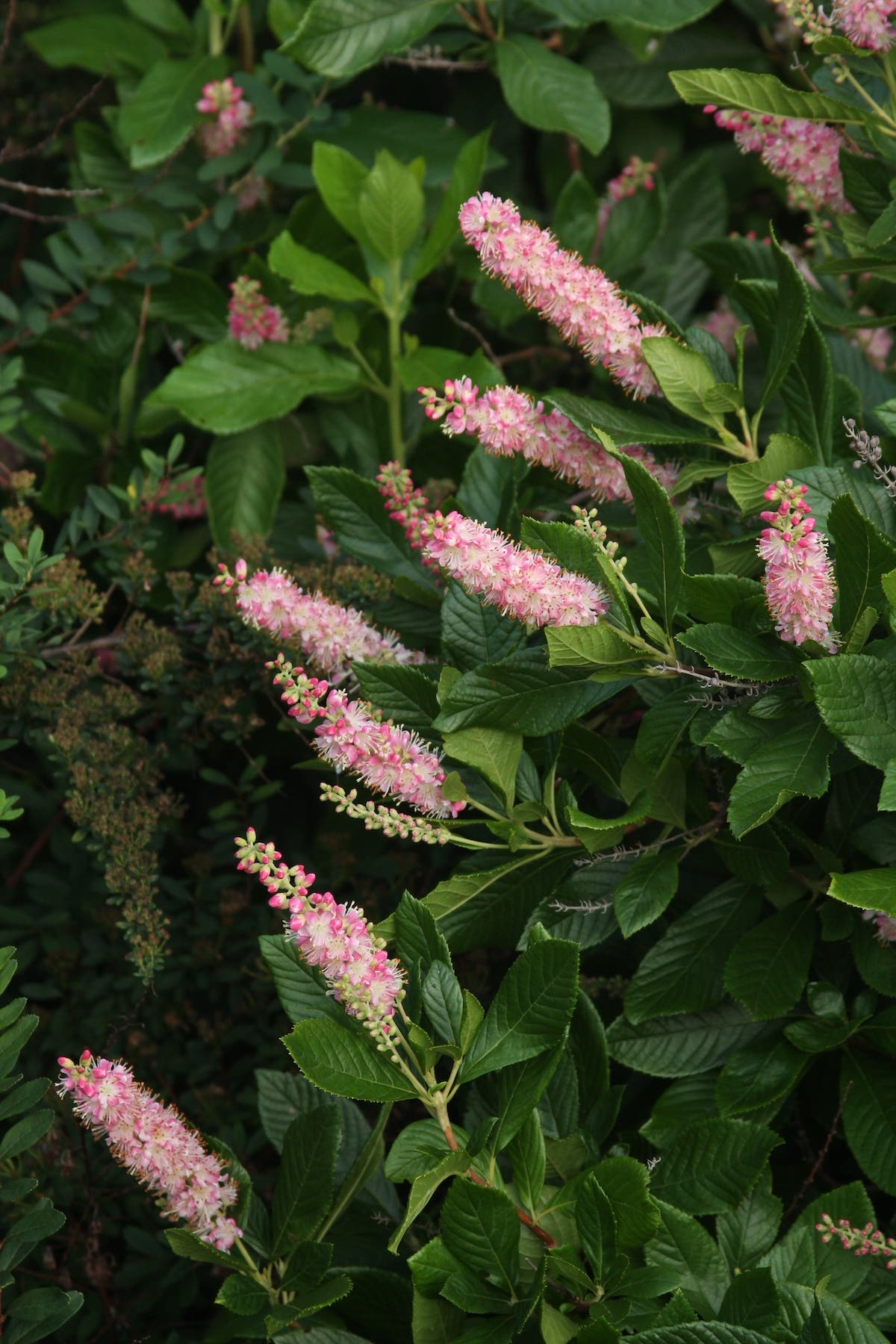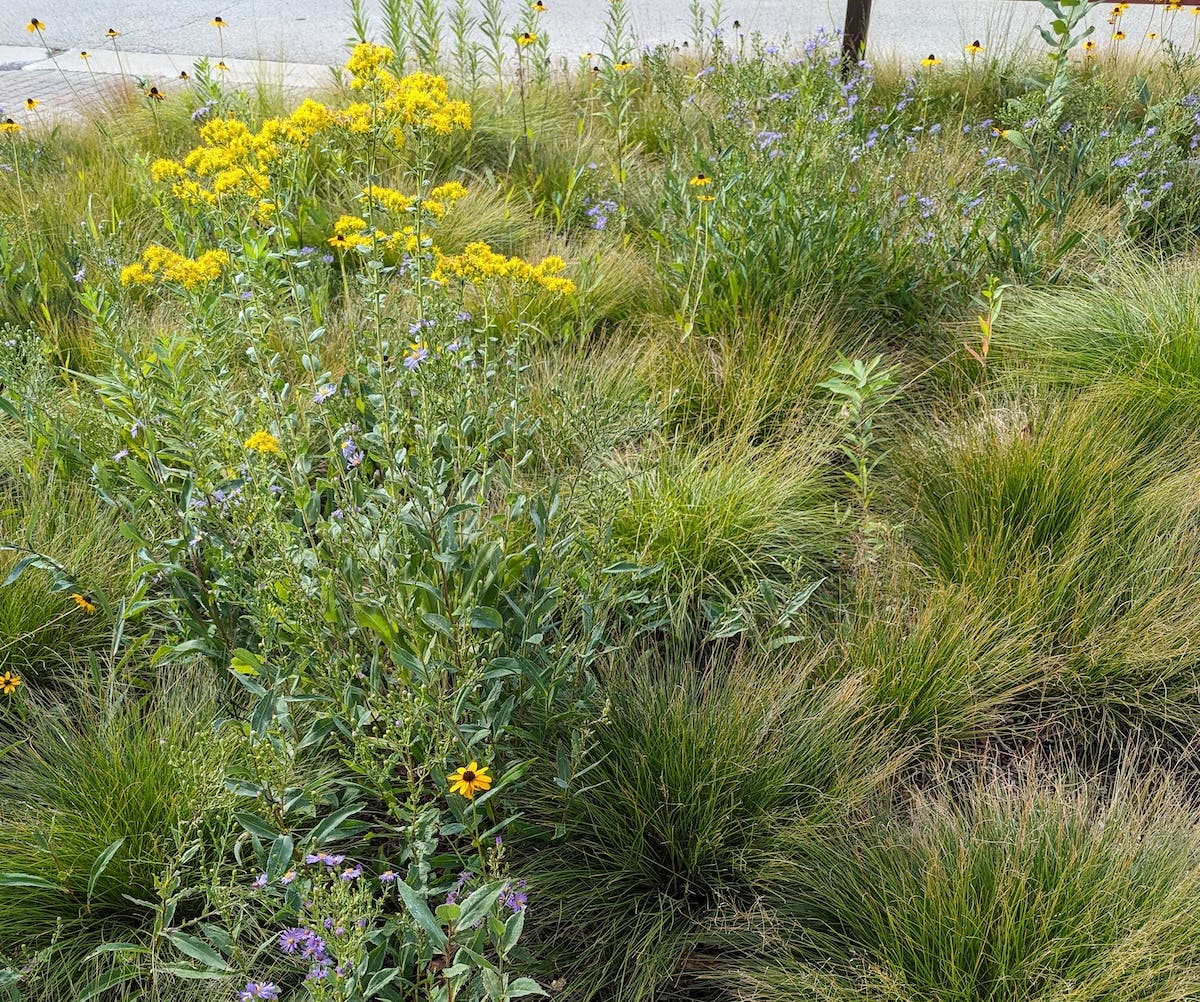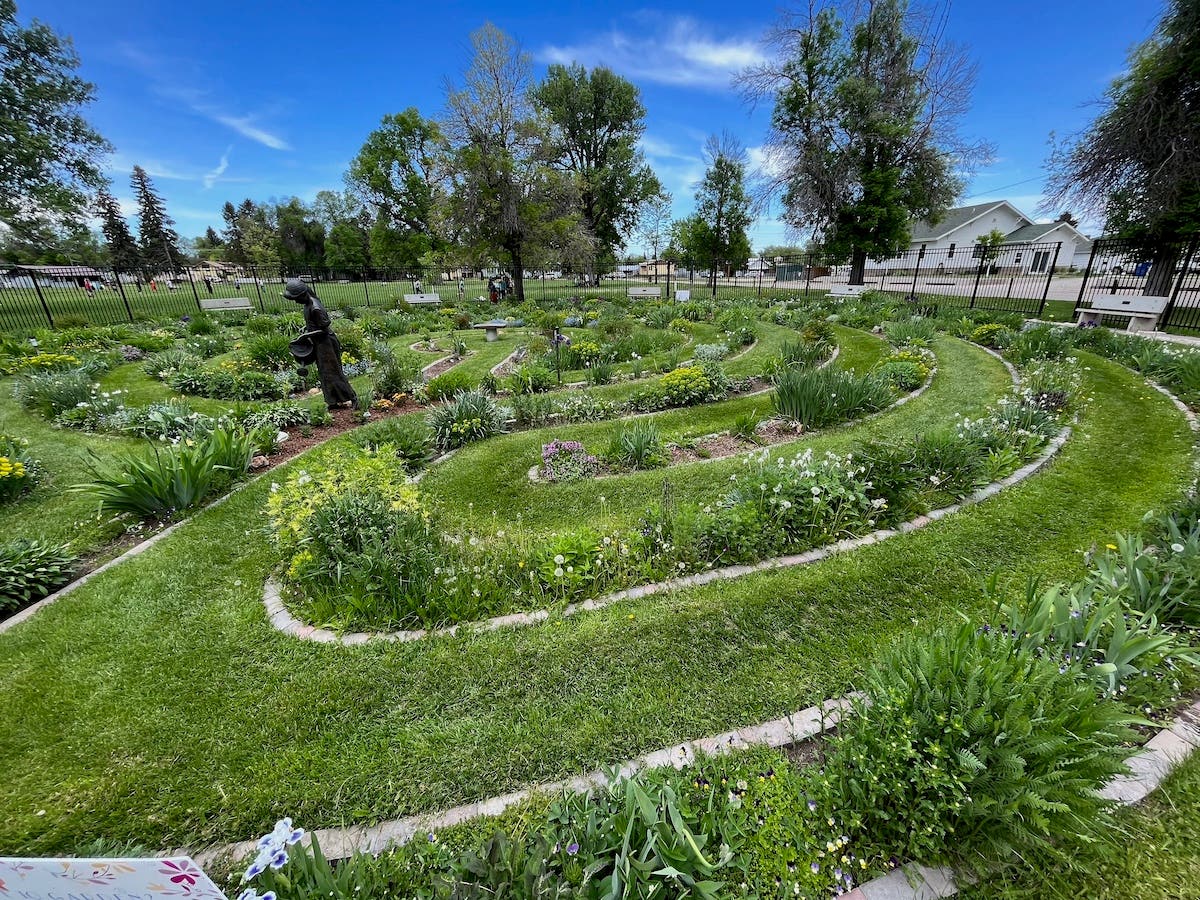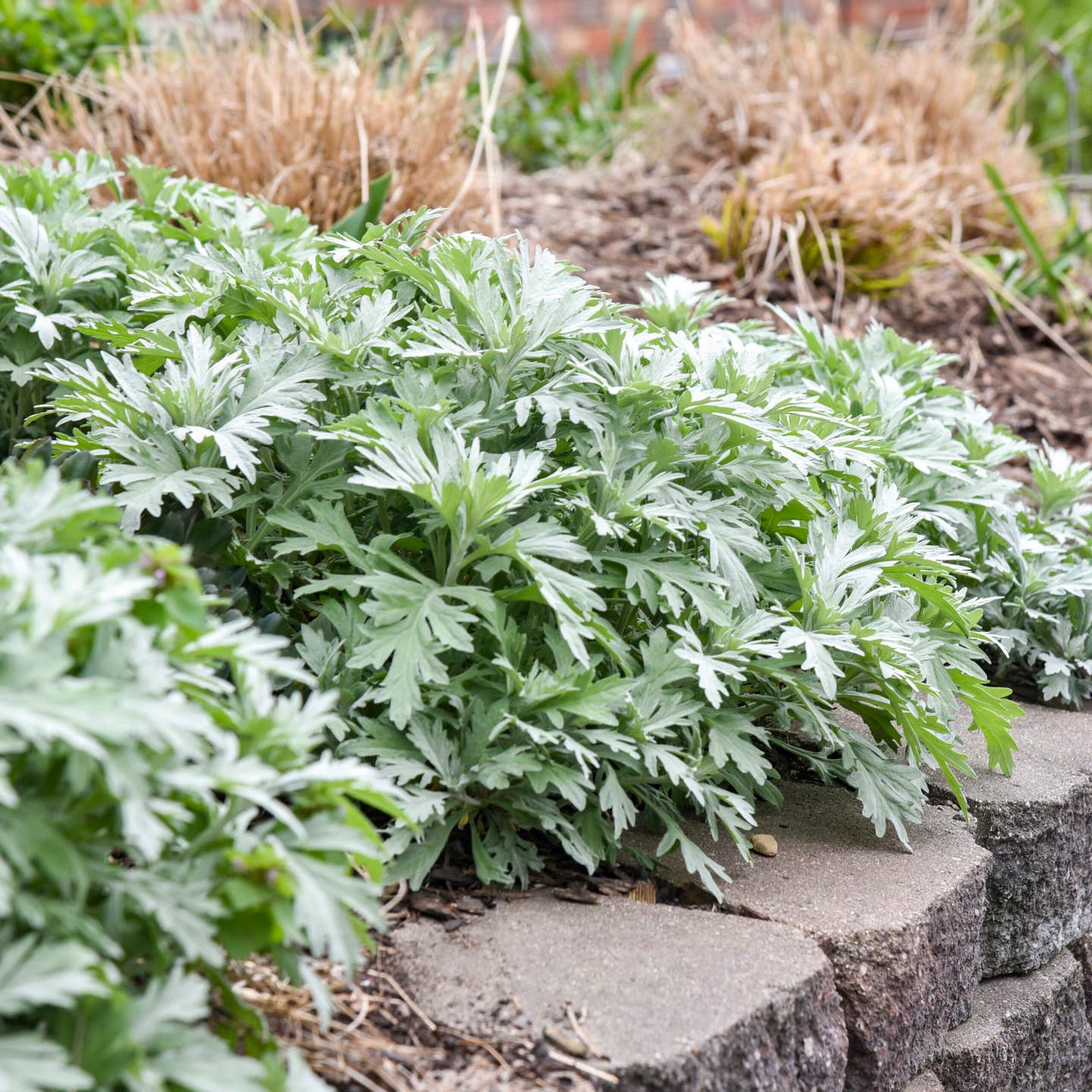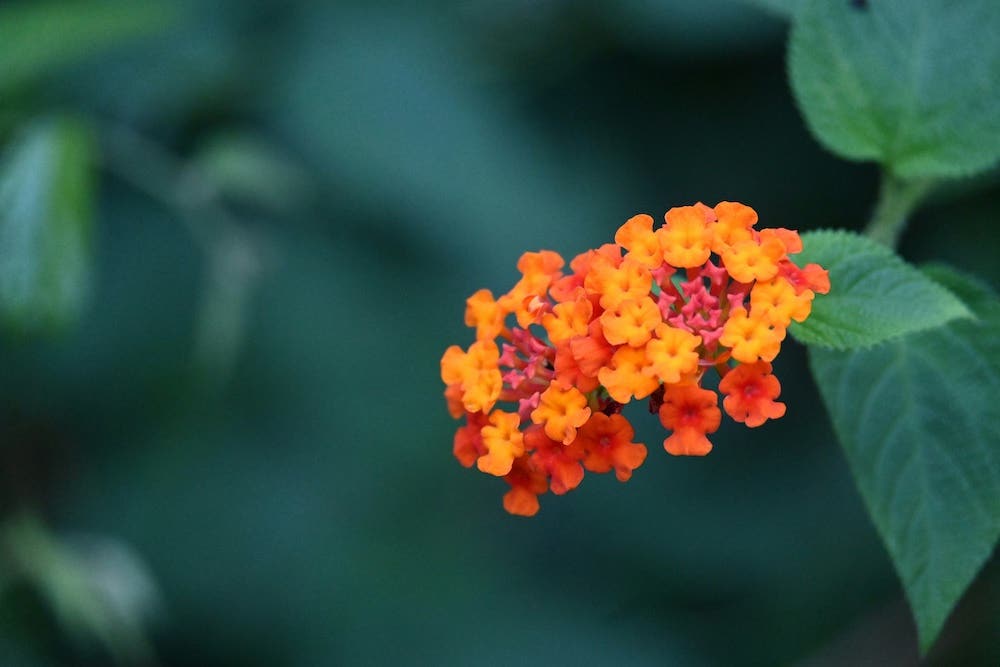Protecting the Garden from Children
The damage caused to plants by playing children and pets can be heartbreaking. Here’s how to protect them.
The joy of gardening for me and many adults is focused mainly around plants, and the damage caused to them by stray balls, children's feet and pet dogs can be heartbreaking. However, an alternative to banishing children from these treasured areas is to plant up certain parts of the garden with child-friendly plants or to protect prized specimens with barrier plantings.
Patches of tough plants will become the children's domain in which they can trample undergrowth, dig holes, whittle stems, pick flowers and make dens to their hearts' content. Here are some tough plants to try:
Shrub Willows
Several varieties have striking colored stems that appeal to children. They establish quickly, creating an ideal den-making environment, and also grow back rapidly after being damaged. It is the young shoots that display the brightest coloration, so cut the old stems back to about six inches every other year in late spring after the winter display. The new shoots will emerge rapidly.
Bamboo Jungles
A large thicket of the more vigorous bamboo creates an instant mini-jungle and as a result holds endless possibilities for children. (Beware, they do make excellent spears.) The most suitable varieties are those with a tendency toward thuggish behavior, such as Pseudosasa japonica. This is an adaptable beast, forming canes up to 15 or even 20 feet high. It bears lush masses of glossy green leaves to 12 inches long.
Quick-recovery Plants
Tree mallows grow easily from cuttings at phenomenal speeds and flower nonstop throughout the spring and summer months given a suitable, sunny site. Dogwood (Cornus), hazel (Corylus avenana), privet (Ligustrum) and common laurel (Prunus laurocerasus) are all easy to establish and recover quickly after damage. For smaller gardens, Hypericum 'Hidcote' is useful and is ideal for making tunnels. All the hebes are renowned for their powers of recovery, though the taller ones such as H. 'Midsummer Beauty' and H. brachysiphon give more scope for creating secret worlds.
Groundcover
The play area will look more attractive if the soil is covered. In summer this will be taken care of by the self-seeding plants, but the simplest method to maintain the cover through winter is a good layer of coarse-grade bark. Alternatively, a vigorous groundcover plant will increase the level of interest.
The best way to achieve flourishing borders is to site the more delicate plants away from the main zone of robust activity. If your garden is too small for this, then site them behind a protective layer of toughies. Whatever you plant in a vulnerable position, allow it to establish itself before you let the children loose. A temporary fence of sticks and string, coupled with much discipline, may be necessary until the plants get going.
Formal Barrier
In my garden, the choice borders have a low hedge of boxwood, which clearly demarcates the front edge of the border and forms the start of a "no-go zone." I chose Buxus sempervirens, which quickly forms a thick, robust hedge. Box edging may follow a strong, scalloped line or a gentle curve.
Informal Edging
For a slightly more relaxed look, Hebe anomala is excellent and grows quickly to form a good hedge; it also regenerates well if knocked about a bit. The larger potentillas work well, although the plants behind them must be at least 3 feet high, otherwise they will be hidden away.
If you do not want to define borders with a hedge, then simply fill the more vulnerable front areas in the beds with plants from the Tough Plants Directory.


